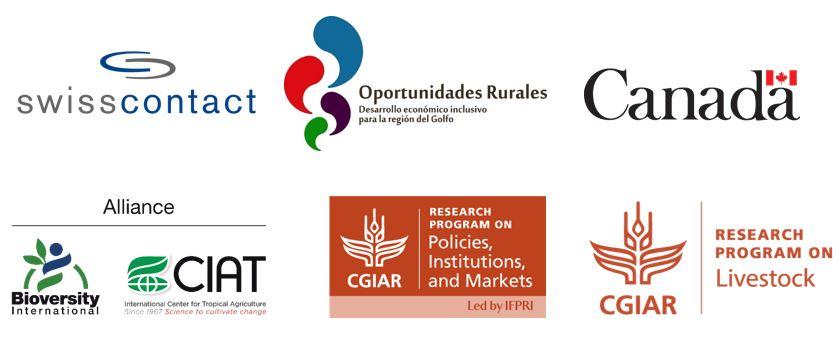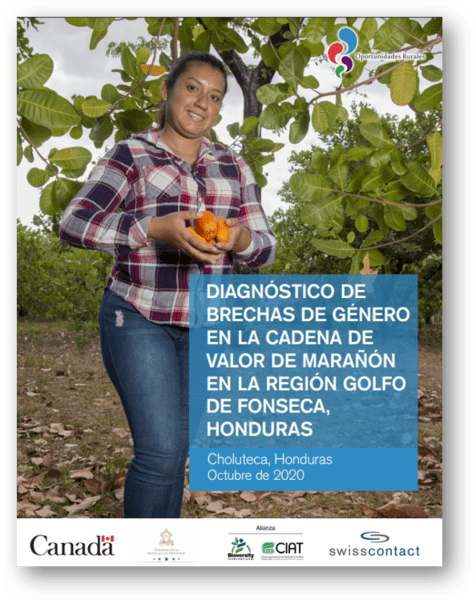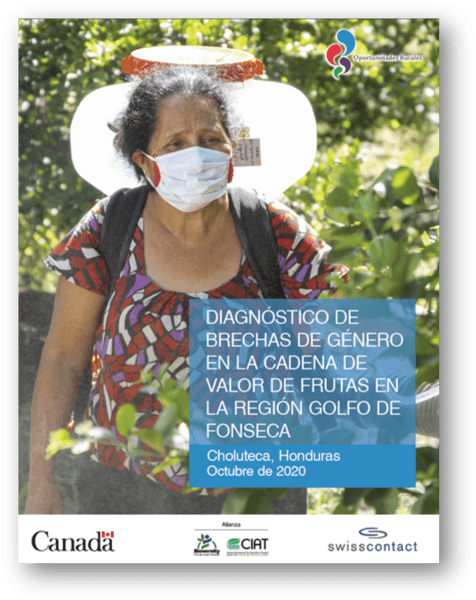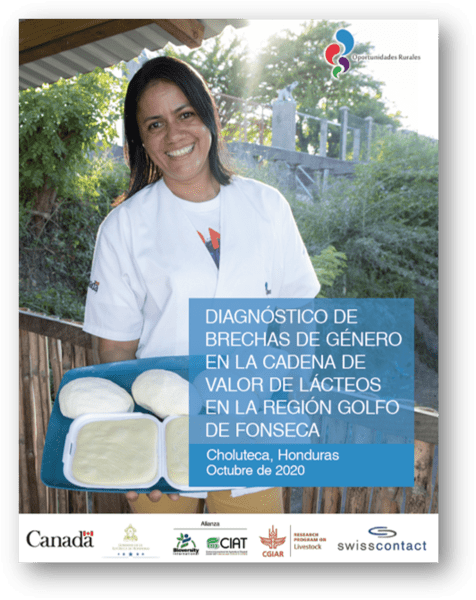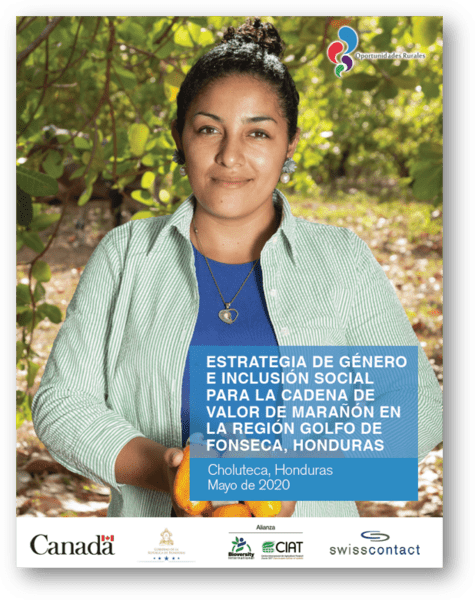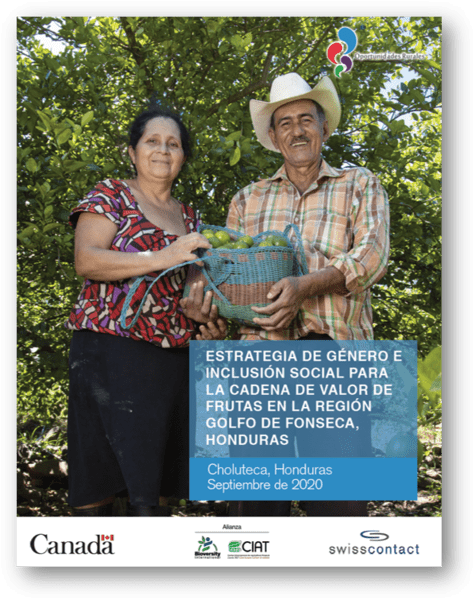Press and News Working to make gender research actionable in Honduras
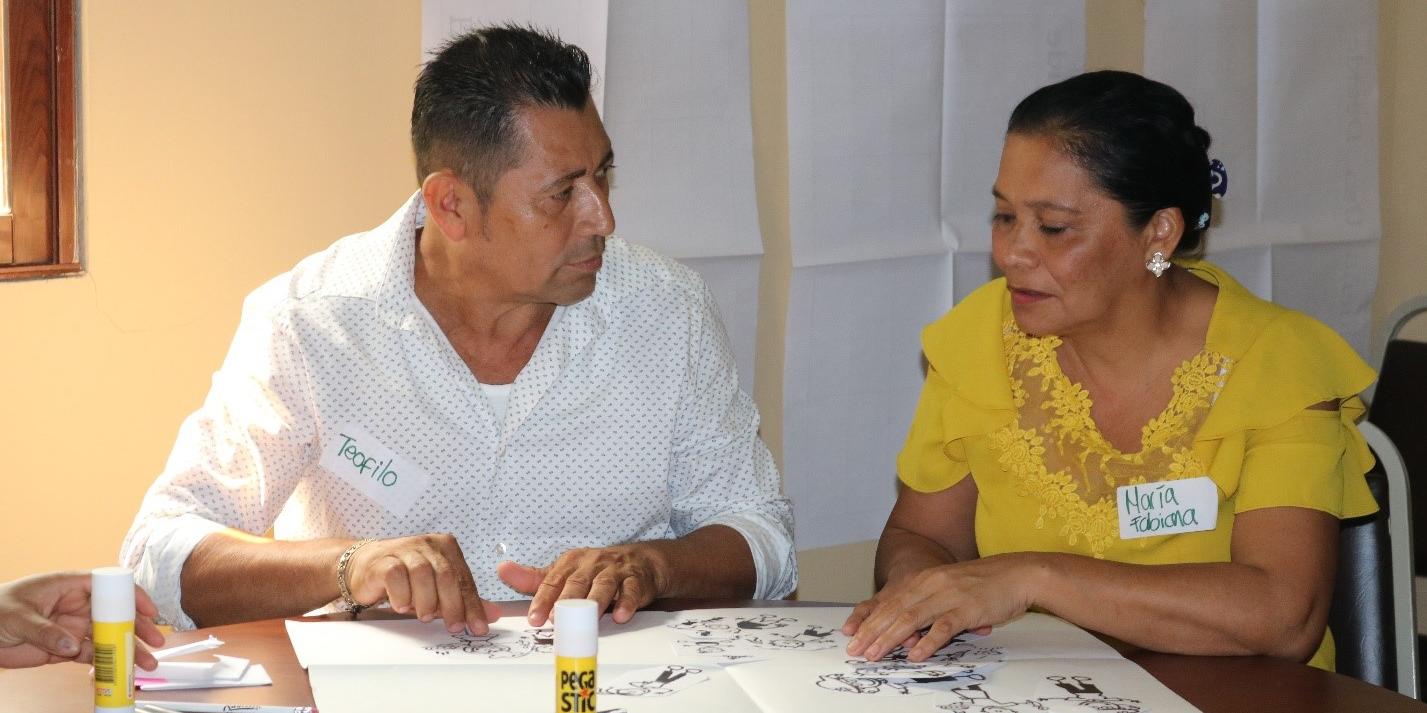
Given the challenge of making gender approaches and concepts actionable, especially the concept of women’s empowerment, multiple tools have been developed to operationalize theory and thus improve the lives of women in the agricultural sector. However, many of the opportunities that exist to improve the capacity of practitioners to generate change still lie in our ability to share the lessons we learn by implementing these tools with rural communities.
After four years, the Rural Opportunities Project (POR) in the Golfo de Fonseca, funded by Global Affairs Canada, reveals how, through research and the use of qualitative and quantitative tools, concrete actions can be identified and implemented on the ground to empower women in the production and processing nodes of three value chains of great importance for the economic and social development of the region and the country: cashew, dairy, and fruits.
How we design practical actions
National decision-makers, the international community, and development practitioners are demanding guidelines on how to define relevant indicators and design specific actions that can be implemented in particular places within the framework of a program or project to advance women’s empowerment and gender equality in the agricultural sector.
To respond to this demand, we joined efforts with Swisscontact in the context of the Rural Opportunities project to demonstrate how gender research, particularly approaches to women’s empowerment, can result in concrete, practical, relevant and transformative actions that can be implemented in development projects. We applied two quantitative tools, developed by the CGIAR, to measure women’s empowerment in the agriculture and livestock sectors:

The A-WEAI and WELI instruments allowed us to collect information on women’s empowerment in a systematic way across value chains and nodes that we subsequently used to estimate the A-WEAI, an index that measures the level of empowerment for women and men within target households. We used an adaptation of the A-WEAI for value chains, (pro-WEAI+MI, previously called WEAI4VC) in order to consider the empowerment of men and women across two nodes of the value chain: production and processing, exemplified in this blog on the women’s empowerment in the cashew value chain. We used the Methods guide for the participatory collection of gender indicators in agriculture to collect qualitative data on perceptions and household and community dynamics surrounding women’s empowerment from producers and processors of cashew, fruits and dairy products.
With the collected information, we were able to:

Based on these analyses, we were able to devise a gender and social inclusion strategy for each of the prioritized value chains which identify specific actions that can be implemented by actors in the region to improve women’s empowerment. The strategies were validated and enriched through stakeholder consultations with diverse local actors, including extension agents and community leaders.
Main results

From actionable ideas to sustained action
Determining strategic guidelines and identifying specific and actionable ideas, is a key and decisive step to advance the empowerment of women and gender equality. Yet achieving changes requires the concerted effort of different actors and the sustained combination of data + science + development processes. Therefore, these strategies include activities that go beyond the scope of specific projects and require broader actions, such as access to basic education, training, and sources of financing for enterprises led by women; or the creation of awareness-raising spaces on gender issues for extension workers, technical personnel, policy-makers, and decision-makers. The potential of these strategies lies then in their use as a tool for guiding integrated efforts over time between different actors in the cashew, fruits, and dairy value chains.
